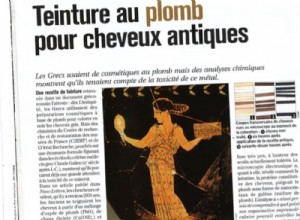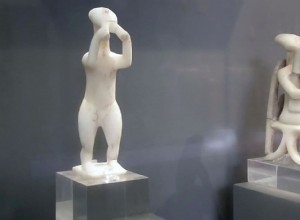In the archives of Sciences et Avenir :the Greeks used cosmetics with lead but chemical analyzes show that they took into account the toxicity of this metal. An excerpt from Sciences et Avenir of December 2006. ARCHIVE. A French team from the carbon-14 measurement laboratory confirms the use of s




